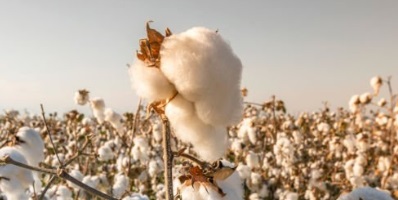
Cotton, one of the world’s most widely used natural fibers, has a rich and fascinating history that spans thousands of years. This article explores the evolution of cotton fiber, from its ancient origins to its significance in the modern world. We will delve into the cultivation methods, technological advancements, and the impact of cotton on global economies and societies. Join us on this journey to unravel the intriguing story of cotton.
History of Cotton Fiber
- Cotton’s history can be traced back to ancient times, with its origins believed to be in the Indus Valley, near present-day Pakistan and India. Archaeological evidence suggests that cotton cultivation in this region dates as far back as 5,000 BCE. The ancient Egyptians, Greeks, and Chinese also cultivated cotton and recognized its value as a versatile fiber.
- Cotton cultivation gradually spread from its origins in the Indus Valley to other regions of the world. By the 1st millennium BCE, cotton was being grown in various parts of the world, including Africa, the Americas, and Europe. The Arab traders played a significant role in spreading cotton to the Mediterranean region and eventually to Europe.
- During the Islamic Golden Age (8th-14th centuries CE), cotton cultivation and production thrived. The Arab merchants and Islamic scholars played a crucial role in spreading knowledge about cotton farming techniques. It helped to the establishment of large-scale cotton industries in regions such as Egypt, Spain, and Persia.
- The industrial revolution in the 18th century marked a turning point in the history of cotton. Technological advancements, such as the invention of the cotton gin by Eli Whitney in 1793, revolutionized cotton production by mechanizing the separation of seeds from fiber.
- Cotton played a pivotal role in the economy and social structure of the southern United States. The cotton plantations in the southern states, particularly during the 19th century, relied heavily on enslaved labor, which fueled the growth of the cotton industry.
- The major cotton-producing countries include China, India, the United States, Pakistan, and Brazil. Technological advancements continue to shape the cotton industry, from genetically modified cotton varieties with improved traits to precision farming techniques that enhance productivity and sustainability.
- The production and trade of cotton has had a profound impact on global economies and societies. Cotton remains a vital cash crop for many developing countries, providing income and employment opportunities for millions of people.
Conclusion
The evolution of cotton fiber from its ancient origins to its modern-day applications is a testament to its enduring importance and versatility. The cultivation, processing, and utilization of cotton have undergone remarkable transformations over the centuries. It is shaping the fabric of societies and economies around the world. By understanding the history of cotton, we gain valuable insights into the complex interplay between agriculture, technology, and human ingenuity.